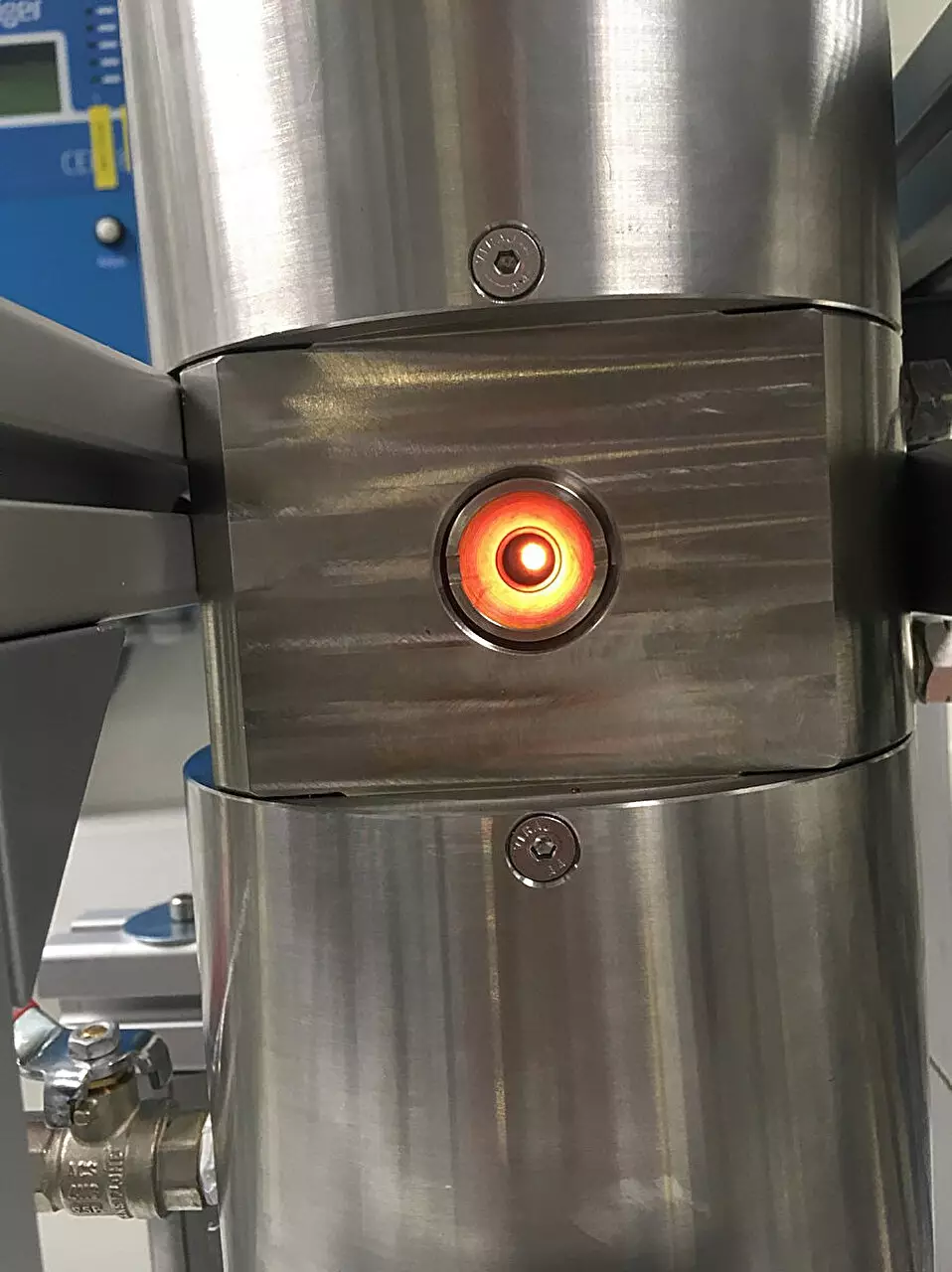Volcanic eruptions represent one of nature’s most captivating yet destructive phenomena. These events can range dramatically from mild lava flows to catastrophic explosions that reshape landscapes and disrupt life. Central to understanding these eruptions is the behavior of gases dissolved within the magma beneath the Earth’s surface. With most volcanic activity occurring out of sight, scientists have long been challenged in studying magma dynamics. However, a new breakthrough from researchers at The University of Manchester promises to change that narrative by simulating bubble growth within volcanic magma using an innovative pressure vessel.
The recent research, published on August 16 in the journal Science Advances, showcases advancements in volcanic studies that could have profound implications for hazard assessment and risk mitigation. By utilizing a specialized pressure vessel capable of mimicking underground volcanic conditions, the researchers have successfully explored vesiculation kinetics—how bubbles form and grow in magma—using basaltic samples. This development not only enables real-time observation of processes at play beneath volcanoes but also provides vital information on the transition from calm to explosive eruptions.
One of the standout features of this study is the novel apparatus that allowed for controlled manipulation of pressure and temperature. In this laboratory setting, scientists were able to observe how bubble dynamics change as they ascend towards the surface. This experimental setup mirrors the conditions that magma experiences in the Earth’s crust, presenting an unprecedented opportunity to analyze previously hidden phenomena.
Understanding the relationship between gas release from magma and the style of volcanic eruptions is crucial. The research draws an intriguing analogy to the differences in how champagne is served—whether it’s opened calmly or after being shaken. This comparison highlights how the rate at which gas escapes from magma can drastically affect the eruption’s ferocity. More tightly coupled gas and melt lead to explosive eruptions, while a looser coupling typically results in gentler lava flows.
A key focus of the study is tracking the growth and coalescence of bubbles as they form under varying conditions. This dynamic observation allowed researchers to quantify how the expanding bubbles interact with each other, breaking and merging as they ascend through the magma plumbing system. Such insights directly correlate to understanding the transition between different eruptive styles and can inform predictive models of volcanic behavior.
An innovative aspect of this research is the use of X-ray synchrotron radiography, specifically at the I12-JEEP beamline from Diamond Light Source. This advanced imaging technique enables scientists to visualize the interior of the magma sample as bubbles form and evolve. Through this method, the researchers could effectively look beyond the surface and understand in real-time how internal factors influence volcanic processes.
Dr. Barbara Bonechi, the lead author of the study, emphasized the significance of these experimental results. The combination of the sophisticated pressure vessel and the imaging technology offers a deeper understanding of the coupling and decoupling phases that occur as magma ascends. Such knowledge is fundamental not only in identifying eruption potential but also in developing strategies to mitigate risks associated with these natural hazards.
The implications of this research extend beyond mere academic interest; they are vital for public safety in volcanic regions. By providing a clearer understanding of how gases escape from magma, the study enhances hazard assessments and can aid in forecasting eruptive behavior. As scientists continue to refine their understanding of magma bubble dynamics, the possibility of more accurate eruption predictions becomes increasingly plausible.
This pioneering work stands as a testament to the potential of laboratory simulations in enhancing our comprehension of complex geological processes. The findings promise to serve as a catalyst for further research in both theoretical modeling and practical applications in volcanology. As scientists delve deeper into the mysteries of hydrothermal systems and magma ascent, the hope is that such research will ultimately lead to improved safety measures for populations living in the shadows of active volcanoes.
The work by The University of Manchester marks a significant step forward in volcanic research, with its novel approaches poised to reshape our understanding of eruptions and potentially save lives.


Leave a Reply